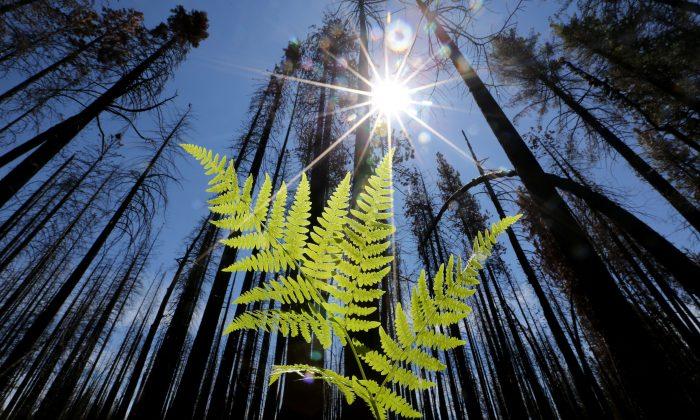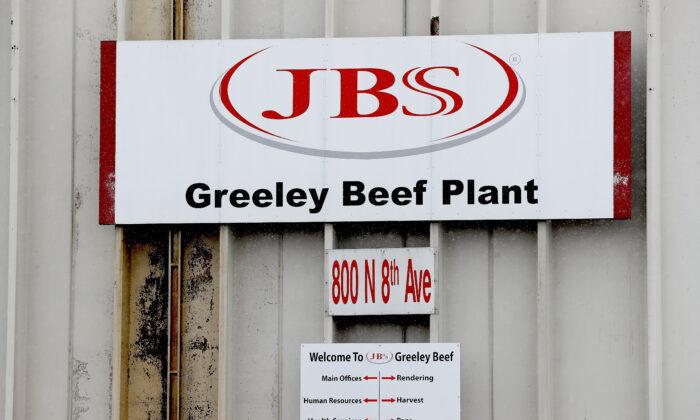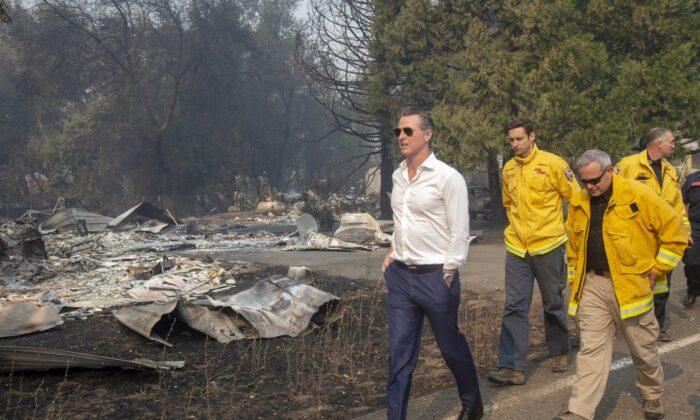Some 26 American cities, companies, and non-profit organizations joined forces on Aug. 27 to create the world’s first regional chapter of the 1t.org initiative. The 1 Trillion Trees project aims to grow, restore, and conserve 1 trillion trees around the world by 2030.
“We have seen enormous energy and enthusiasm to conserve and restore our forests,” said Justin Adams, Director of Nature Based Solutions at the World Economic Forum. “A nature-positive recovery is crucial to a great reset of our society and economy. Putting trees at the heart of this reset will help ensure it is sustainable for us and future generations.”
Commitment to Trees
In his State of the Union address on Feb. 4, President Trump reiterated that the United States would support the project.“To protect the environment, days ago I announced that the United States will join the One Trillion Trees Initiative, an ambitious effort to bring together government and private sector to plant new trees in America and all around the world,” he said.
Government agencies, non-profits, and companies across the United States began examining how they could use trees to sequester carbon, cool urban environments, boost local economies, reduce wildfire risks, improve air quality, and provide amenities for recreation.
According to Aurora Cutler at the Office of Sustainability and Climate, USDA Forest Service, the use of novel planting techniques to reintroduce trees on areas damaged by wildfires can make these areas more resistant to future fires while improving the environment for humans and wildlife.
As part of the 1 Trillion Trees mandate to grow, restore, and conserve trees and wooded areas, Cutler said the Forest Service is working hard to ensure forest resilience by means of a broad range of management techniques.
“The USDA Forest Service is protecting lives and property in forest adjacent communities, with timber harvests, reducing high fuel risk stands, and hazardous fuel treatments, including mechanical thinning and prescribed burning,” she posted. “Our primary tools to address these risks are reducing the amount of hazardous fuels and limiting the number of healthy trees on specified terrain.”




